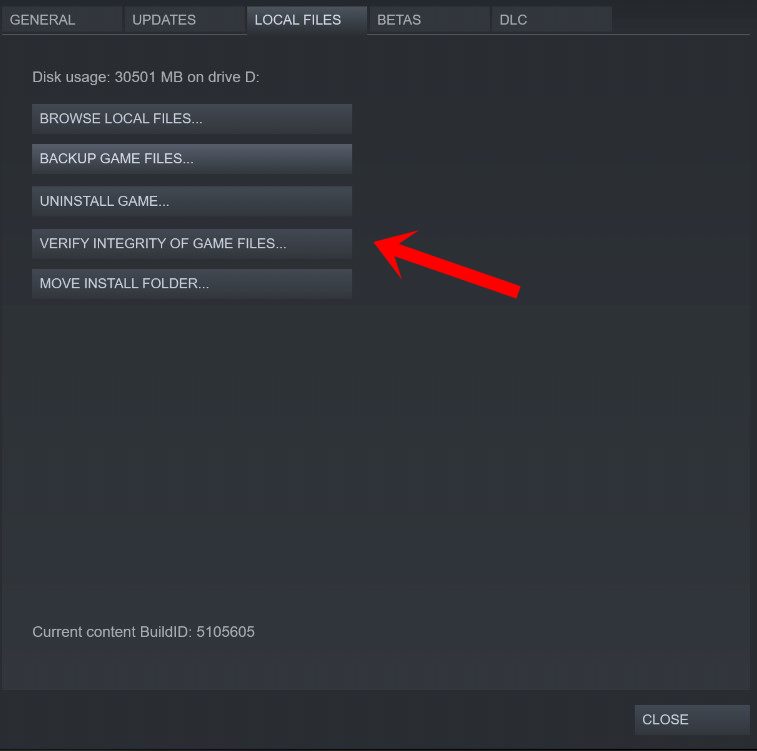Elden Ring is the new action fantasy RPG that has been developed and published by FromSoftware Inc. in association with Bandai Namco Entertainment. This is new in the market and that’s why the chances are high that it has multiple bugs or errors that plenty of PC gamers are experiencing quite often. Although the gameplay and graphics are really good, the Elden Ring flickering black screen boxes or squares issue is troubling a lot of players.
Well, you’re reading this article that means you’re also one of the victims to face a similar kind of issue. It’s quite common these days for PC games to have multiple issues whatsoever which include crashes, graphical glitches, lags, stutters, FPS drops, the game not loading issues, and more. But not to worry because the mentioned methods can come in handy if you follow them one by one until the problem gets fixed completely.
Also Read
Elden Ring Best Class For Beginners 2022
Fix: Elden Ring Network Status Check Failed Error
How to Fix ELDEN RING White Screen Crash on PC
Fix: Elden Ring Crashing on Startup on PC
Fix: Elden Ring Multiplayer Not Working
Elden Ring Sellen Quest Location
Fix: Elden Ring Failed to Load Save Data Error
Elden Ring Connection Error Occurred, How to Fix?
Elden Ring Soft Caps For Each Stat and Attribute

Page Contents
How to Fix Elden Ring Flickering Black Screen Boxes
There may be several possible reasons that can be found behind such an issue on the PC games something like outdated graphics drivers, temporary system glitches, issues with running the game on dedicated GPU on the laptop, misconfiguration with Nvidia Control Panel, overlay apps, outdated Windows, etc. Fortunately, here we’ve shared all the possible workarounds for you that can easily resolve this issue. So, without wasting any more time, let’s get into it.
1. Run the game on Dedicated GPU
Sometimes running the game on a dedicated graphics card might gonna fix Flickering Black Screen Boxes issues completely on the PC. You should try it out.
- Click on the Start menu > Search for Graphics Settings and open it.
- Now, search for ELDEN RING from the list of installed programs on your PC.
- If it’s not added before then make sure to click on Browse.
- Head over to the installed game location and select the application exe file of the game.
- Once the ELDEN RING game is added, click on it to expand.
- Next, select Options > Make sure to select High Performance.
- Finally, click on Save to apply changes.
Also Read
Fix: Elden Ring Multiplayer Lag, Latency, and Rubber-banding
Elden Ring: Best Armor Tier List
Elden Ring: Best Weapons Tier List
Fix: Elden Ring Crashing on PS4 and PS5 Consoles
Elden Ring Wiki – A Complete Guide
How To Get The Bloodhound’s Fang: Elden Ring
Fix: Elden Ring Failed to Join Session Error
Elden Ring Save File And Config File Location
Fix: Elden Ring Not Changing Resolution or Full Screen/Borderless Window Not Working
Fix: Elden Ring Subtitles Out of Sync or Not Showing Up
2. Update Graphics Drivers
We’ll recommend you check for the graphics driver update on the PC, and then install the update (if available). To do this:
- Right-click on the Start Menu to open up the Quick Access Menu.
- Click on Device Manager from the list.
- Now, double-click on the Display adapters category to expand the list.
- Then right-click on the dedicated graphics card name.
- Select Update driver > Choose Search automatically for drivers.
- If there is an update available, it’ll automatically download and install the latest version.
- Once done, make sure to reboot your computer to change effects.
Alternatively, you can manually download the latest version of the graphics driver and install it directly from the official website respective to your graphics card manufacturer. Nvidia graphics card users can update the GeForce Experience app via the Nvidia official site. Meanwhile, AMD graphics card users can visit the AMD website for the same.
Also Read
Best Ashes of War in Elden Ring
All Elden Ring Error Codes and Their Solutions
Elden Ring Best Graphics Settings for 3070, 3080, 3090, 1060, 1070, 2060, 2080, and More
How to Fix ELDEN RING Long Load Times
Elden Ring Subtitles: How to Change Subtitles Language, Fonts, and Size
Steam Deck Elden Ring Crashing, Not Launching, and Other Fixes
Elden Ring: All Dungeons Locations and Their Bosses
Elden Ring Tombsward Catacombs Entrance, Secret Room, Location and Boss
Fix: Elden Ring Inappropriate Activity Detected
Fix: Elden Ring Map Not Showing or Loading
3. Update Windows
The chances are high that you’re running the outdated Windows OS build on your PC and somehow the latest game version is conflicting with it. Make sure to check for Windows updates and install the latest build always. To do that:
- Press Windows + I keys to open up the Windows Settings menu.
- Next, click on Update & Security > Select Check for updates under the Windows Update section.
- If there is a feature update available, select Download and install.
- It may take a while to complete the update.
- Once done, restart your computer to install the update.
Also Read
Elden Ring Best Talismans Tier List
Elden Ring Margit the Fell Omen Guide: Location, Weakness, and How to Beat
What Is the Recommended Meta PvP Level in Elden Ring?
What is the Recommended Level For Each Boss in Elden Ring
Elden Ring Best Starting Class For All Builds
Elden Ring Maiden Blood Location
Elden Ring Rewards and Ranks For PVP
Why Can’t I Summon Elden Ring?
Elden Ring Blasphemous Blade Build Guide
4. Disable Overlay Apps
It seems that a couple of popular apps do have their own overlay program that can eventually run in the background and cause issues with the gaming performance or even launching issues. You should turn them off to fix the issue by following the steps below:
Disable Discord Overlay:
- Launch the Discord app > Click on the gear icon at the bottom.
- Click on Overlay under App Settings > Turn on the Enable in-game overlay.
- Click on the Games tab > Select Elden Ring.
- Finally, turn off the Enable in-game overlay toggle.
- Make sure to reboot your PC to apply changes.
Disable Xbox Game Bar:
- Press Windows + I keys to open Windows Settings.
- Click on Gaming > Go to Game Bar > Turn off Record game clips, screenshots, and broadcast using Game bar option.
If in case, you’re unable to find out the Game Bar option then just search for it from the Windows Settings menu.
Disable Nvidia GeForce Experience Overlay:
- Launch the Nvidia GeForce Experience app > Head over to Settings.
- Click on the General tab > Disable the In-Game Overlay option.
- Finally, restart the PC to apply changes, and launch the game again.
Also do keep in mind that you should disable some other overlay apps like MSI Afterburner, Rivatuner, RGB software, or any other third-party overlay apps that run in the background always.
5. Update Elden Ring
If in case, you haven’t updated your Elden Ring game for a while then make sure to follow the steps below to check for updates and install the latest patch (if available). To do this:
- Open the Steam client > Go to Library > Click on Elden Ring from the left pane.
- It’ll automatically search for the available update. If there is an update available, make sure to click on Update.
- It may take some time to install the update > Once done, make sure to close the Steam client.
- Finally, reboot your PC to apply changes, and then try launching the game again.
6. Tweak Nvidia Control Panel
It’s also recommended to tweak the Nvidia Control Panel settings on the Windows computer. To do so:
- Right-click on the desktop screen to open the context menu.
- Click on Show more options > Select Nvidia Control Panel.
- Click on Manage 3D Settings from the left pane > Go to Program Settings from the right pane.
- Now, click on Add > Here you’ll need to search and select ELDEN RING from the list.
- Finally, you can close the Nvidia Control Panel window, and check for the ELDEN RING Flickering Black Screen Boxes issue.
7. Verify and Repair Game Files
If in case, there is an issue with the game files and somehow it gets corrupted or missing then make sure to perform this method to easily check for the issue.
- Launch Steam > Click on Library.
- Right-click on Elden Ring from the list of installed games.
- Now, click on Properties > Go to Local Files.

- Click on Verify Integrity of Game Files.
- You’ll have to wait for the process until it gets completed.
- Once done, just restart your computer to check for the ELDEN RING Flickering Black Screen Boxes issue.
That’s it, guys. We assume this guide was helpful to you. For further queries, you can comment below.
Also Read
